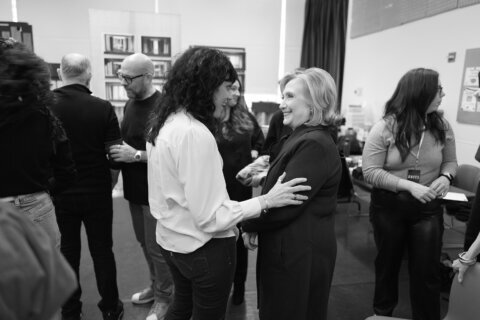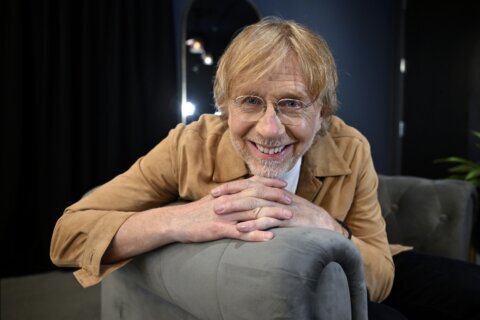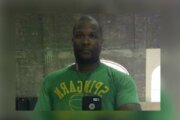It doesn’t take a rocket scientist to figure out why generations love the Super Soaker line of water guns.
“I’ve been accused of being a rocket scientist,” laughs Lonnie Johnson, who was working for NASA at the Jet Propulsion Laboratory when he came up with the idea for the manually pressurized device that propels water with greater power, range and accuracy.
“The Super Soaker uses pressurized tanks, and so do rockets, so there is that commonality,” he said.
How does a trained nuclear engineer, who worked on NASA’s Galileo mission, Mars Observer and Saturn Cassini projects, as well as the Air Force’s Stealth Bomber, branch off into inventing toys?
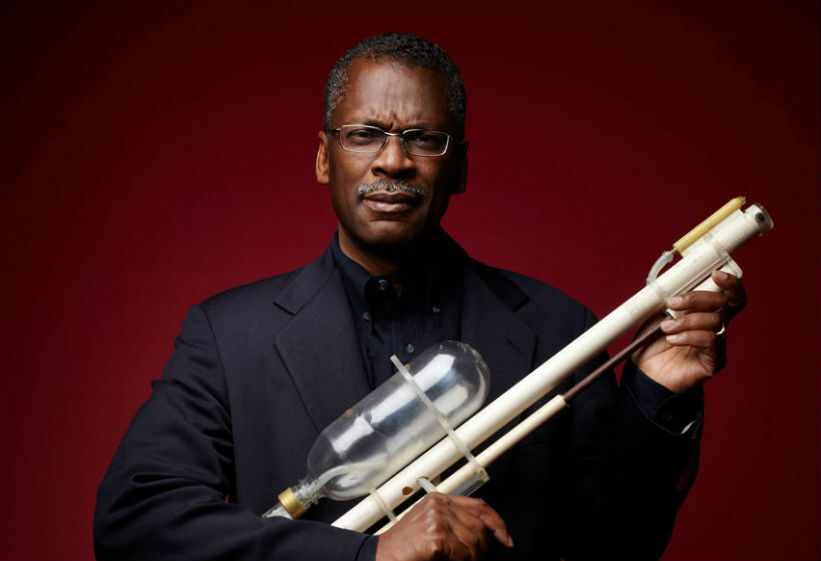
“I’ve been tinkering and making things for as long as I can remember, through my childhood,” Johnson told WTOP. “I don’t know when you define ‘invented’ — if it’s when you get your first patent, or when you make your first gadget.'”
Johnson recently spoke at SXSW, on a panel about diversity in innovation, hosted by the U.S. Patent and Trademark Office.
Johnson’s original patent, number 4591071A, granted in 1986, describes “A toy squirt gun, which shoots a continuous high velocity stream of water.” An updated patent, in 1992, described improvements to the design using air pressure instead of water pressure.
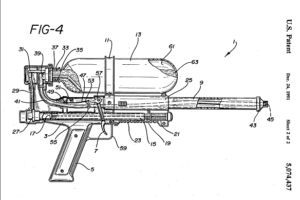
Earlier versions include a water tank made of a 2-liter soda bottle.
Turning a great concept into a great toy that people could buy took time and money.
“It took about 10 years from the time when I got the idea to when it became the number one-selling toy in the world,” Johnson said.
“I think it’s fair to say when you have an idea, and you want to take it to market, you need investors,” he said. “Generally, people will invest in people, and invest where they have confidence.”
Despite his education, training and vast experience in science, Super Soaker was Johnson’s first foray into toys.
A recent study by the USPTO found women comprise only 12% of all inventors named on U.S. patents granted. Other studies indicate underrepresented groups have even less involvement in invention, innovation, and the funding and formation of startups, according to the USPTO — Johnson is Black.
“That did, and does present a little more of a challenge, and my strategy was to demonstrate the technology, and then put it on the table, and let it stand on its own merit,” Johnson said.
Rather than seek investors based on a concept, Johnson created prototypes that potential investors could hold and try.
“That’s what I did with the Super Soaker. I actually built the first guns myself, and then went in and demonstrated how they worked, as opposed to going in with a great PowerPoint story about what I could do if I had investors,” Johnson said.
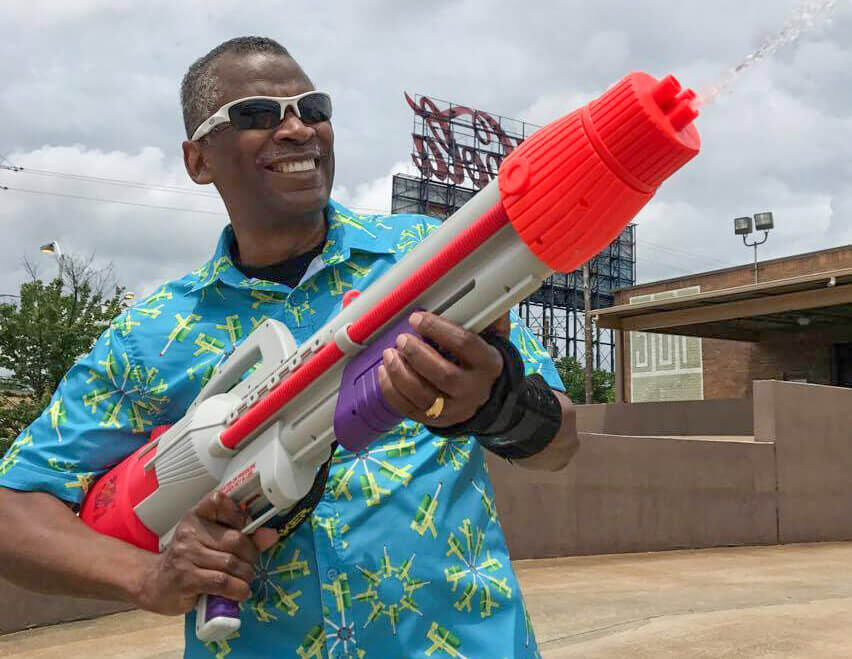
Originally called the “Power Drencher,” the water toy hit shelves in 1990, sold by a company called Larami. The next year it was redesigned and rebranded as the “Super Soaker,” which led to sales of $200 million and became the top selling toy in America, according to the National Inventors Hall of Fame.
In 1993, Hasbro purchased Larami, and Johnson’s water gun permits laid the foundation for the company’s Nerf N-Strikes product line.


